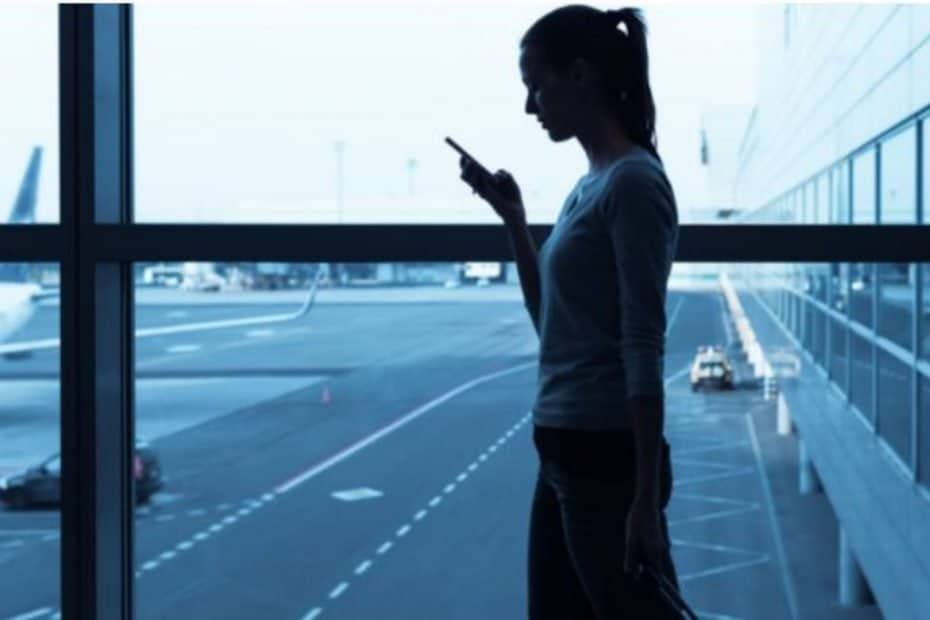The safety record of airplanes in modern travel is very high. Accidents are lower than ever. With safety such a top priority you’d think that this extends to all areas of airline services, but it doesn’t. WiFi security, one of the newest, and most lauded, of services for busy travellers, is not anywhere near as safe as it should be.
With news of airplane’s themselves being hacked in flight, where does this leave the security of the free WiFi which they provide you? If your guess is anything but ‘probably a lower standard,’ I have some prime swamp front real estate to sell you in Florida.
The two sides of airplanes and public WiFi security
The WiFi that’s provided to passengers on all commercial airlines has a powerful firewall between it and the airplane’s controls. You’d have the be a very, very advanced hacker to get past it. I’m not here to scare you with digital nightmares of crashed airplanes.
What you should instead be worried about are your own vulnerabilities which are much more real, and much more often exploited. Why is this the case? Because stealing your information is much more profitable, and easy to get away with, than hacking an airplane.
The first threat is the ever present man in the middle, or evil twin, attack. This is where a hacker opens up their own WiFi connection. They can do this by turning their device into a WiFi hotspot. Let’s say they do this on an airplane. You open your connections and see a connection called “Free Inflight WiFi.” You think ‘Sweet, Imma get on that and check my Facebook’ and connect without thinking.
There are two dangers here. The first is that the ‘free’ hacked network requires a login/password combo. Hackers are counting on you being lazy and using them same login details for multiple sites. I know I once did until I wised up. They can then use programs to check to see if the information you entered into their evil twin WiFi is the same on any number of websites.
them same login details for multiple sites. I know I once did until I wised up. They can then use programs to check to see if the information you entered into their evil twin WiFi is the same on any number of websites.
The second danger is the hacker ‘sniffing’ the connection between your computer and the Internet. The hacker will now have access to everything you’re writing in plain text:
- Sign in
- Passwords
- Banking information
- Credit cards
It’s all right there for them in plain text to steal as they wish. They won’t even have to work hard using a program to try and hack into your other accounts – they’ll already know exactly how to sign in to your accounts.
Attacks like this are very common in public. You’ll be even more likely to encounter them in the airport itself, a coffee shop, or anywhere else you connect to public WiFi networks. It won’t hurt you in the way that the airplane itself being hacked will, you’ll live, but fraud like this will hurt for a long, long time.
How can you protect yourself on airplane WiFi network?
The first way is to be sure that you ask the flight attendants for the correct connection name, and any passwords needed. Knowing which connection to choose is half the battle, and a few questions can save you.
 The second way to get true public WiFi security while travelling is to use a
The second way to get true public WiFi security while travelling is to use a
Not only will you now be safe and secure in your connection on the plane, but you’ll also be safe connecting at the airport, the hotel, or at that little cafe you discover around the corner. With the danger of hacking now looming even in the skies, it’s time for you to protect yourself. You can no longer assume that someone else is going to do it for you – that’s playing right into every hacker’s hands.
Feature image via Kiefer images / Shutterstock
